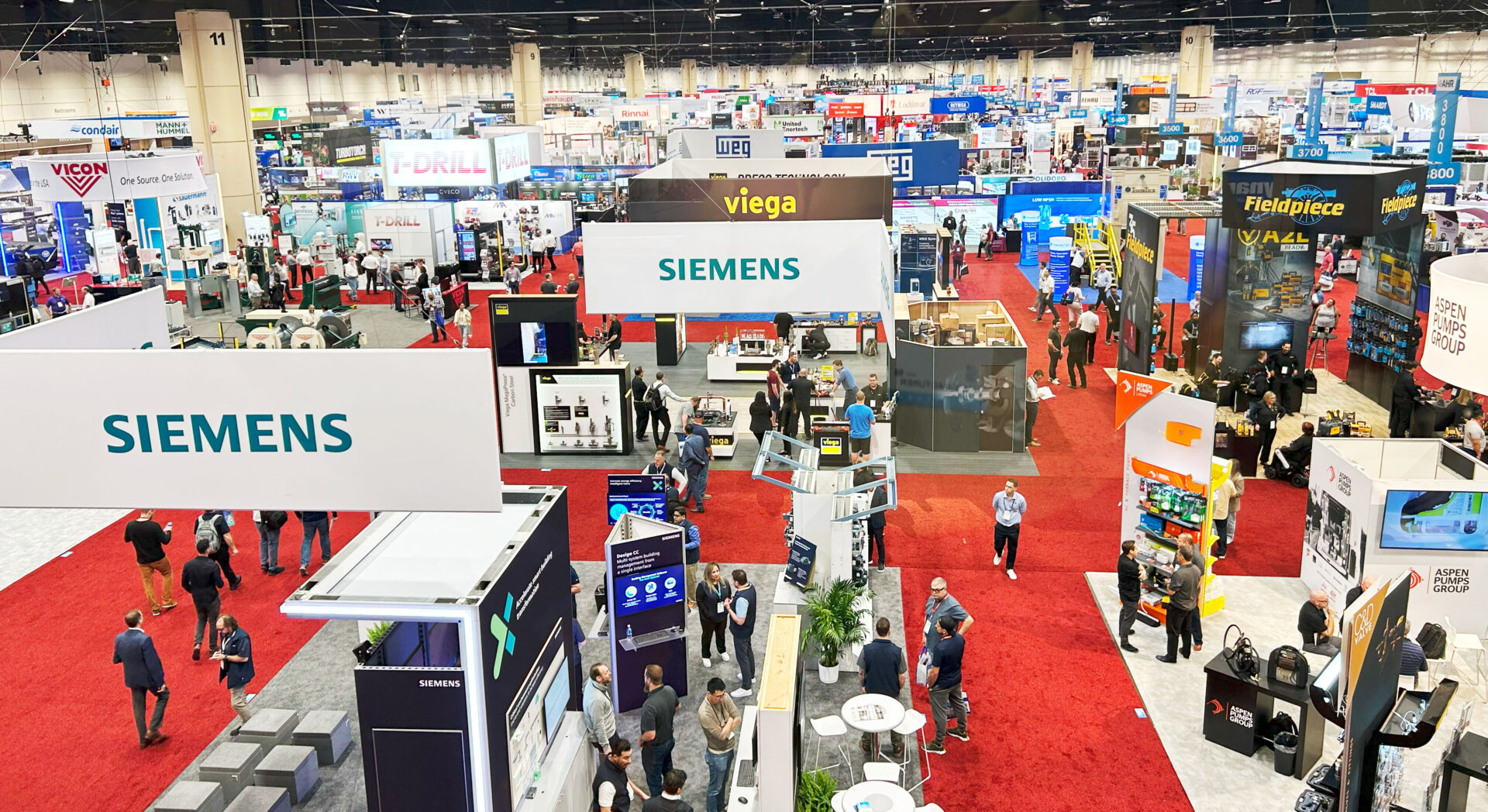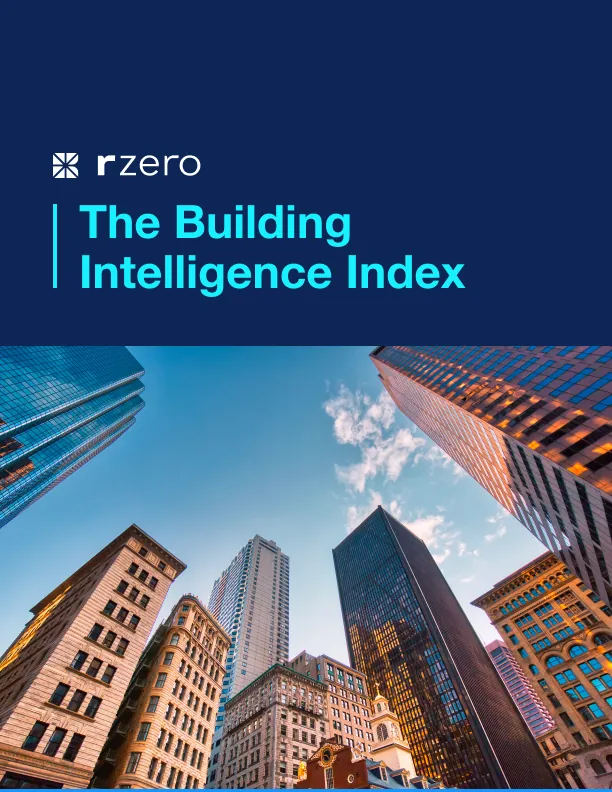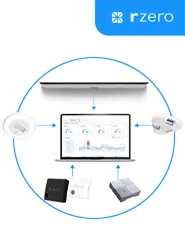
Wildfire Smoke: Understanding the Impact on Indoor Air Quality
As we face yet another intense wildfire season, with significant events already impacting regions across the country, the challenges to air quality, both outdoors and indoors, are more pressing than ever.
Wildfires contribute up to 50% of “ultrafine” particles in the air; tiny pollutants that can travel hundreds of miles and infiltrate indoor spaces, affecting homes, schools, hospitals, and workplaces.
The Health Effects of Polluted Air
Exposure to air pollution from wildfires can contribute to health concerns, including:
- Heart conditions
- Stroke
- Respiratory and lung-related illnesses (like Valley Fever)
Certain populations, such as the 37 million Americans with chronic lung conditions, pregnant women, children, and individuals with respiratory sensitivities, are more vulnerable to poor air quality. As wildfire season persists, understanding how to safeguard indoor air quality becomes increasingly important.
Steps to Improve Your Indoor Air
Monitor Air Quality
Utilize tools like the EPA’s AirNow app to stay informed about local air quality conditions. Monitoring both outdoor and indoor air quality helps guide timely action.
Follow CDC Guidance
- Keep windows and doors closed during wildfire events.
- Designate a room in your home to seal off further from outdoor air.
- Wear N95 masks when air quality levels drop.
- Avoid air cleaners that generate ozone, as they can pose additional respiratory risks.
Invest in Effective Air Purification Technology
While sealing your building is essential, it’s equally important to choose an air purification system that effectively removes harmful particles. Traditional HEPA filters, while helpful, often fall short when it comes to capturing ultrafine particles. Selecting a system that avoids generating ozone is also crucial for maintaining healthier indoor air.
Electrically-Enhanced Filtration
Our SecureAire filtration system offers advanced air purification technology designed to address even the smallest particles. Our patented ACTIVE Particle Control™ Technology moves particles directly to the filter, where they are captured and inactivated. This innovative approach delivers a cleaner, healthier indoor environment and effectively inactivates:
- Ultrafine wildfire smoke particles
- Bacteria & Viruses
- Allergens
- Fungi
Real-World Results
During California’s 2020 wildfire seasons, SecureAire’s technology provided critical support. A major medical center in the Sacramento Valley successfully maintained clean indoor air with SecureAire systems installed in their rooftop air handlers, ensuring safe operations for patients and staff even as outdoor air quality reached dangerous levels.
Proactively Safeguard Your Indoor Air
As wildfire seasons grow longer and more severe, ensuring healthy indoor air is vital. R-Zero can help you find the right solution for your needs. Take proactive steps today to improve your indoor air and protect your building occupants.
More posts you might like
-

3 Key Takeaways from AHR Expo 2025: What’s Shaping the Future of HVAC
The 2025 AHR Expo brought together HVAC industry leaders, innovators, and professionals to showcase the latest advancements in heating, ventilation, and air conditioning. Here are the key insights that stood out from our team on the ground. 1. Smart Technology is Enhancing, Not Replacing, Traditional HVAC A significant shift observed at this year’s expo is […]
-

Webinar Recap: Redefining Energy Efficiency
As commercial energy costs continue to rise, building operators are looking for faster, cost-effective solutions to reduce waste and improve efficiency. Heating, Ventilation, and Air Conditioning (HVAC) systems account for nearly 60-70% of total building energy consumption, making them one of the largest opportunities for savings. However, traditional HVAC systems often operate on outdated schedules, […]
-

Optimizing Occupancy and Indoor Air Quality: Insights for the Future of Smart Buildings
As the dynamics of the built environment evolve, understanding occupancy and indoor air quality (IAQ) is critical to designing spaces that are efficient, adaptable, and optimized for occupant comfort. At R-Zero, we believe smarter building management starts with actionable insights, rooted in real-time data on how spaces are used and how they can better support […]

